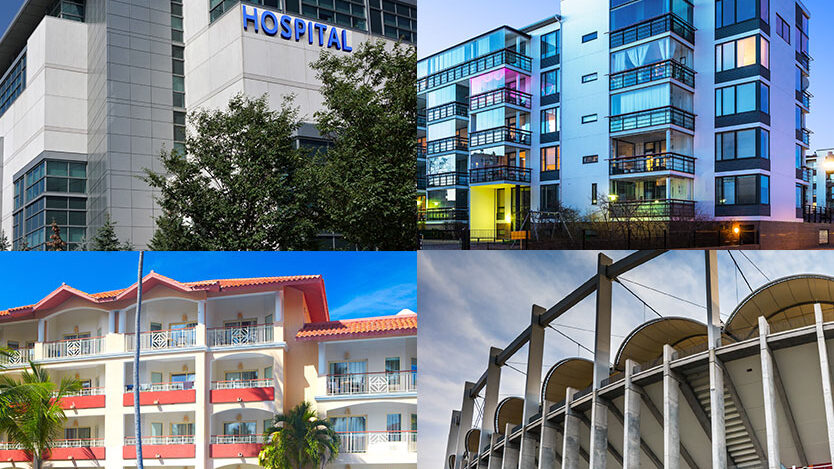Investigating the Effect of Ethernet Protocols on Improving Internet Access in Multi-Dwelling Units
Investigating the Effect of Ethernet Protocols on Improving Internet Access in Multi-Dwelling Units
Blog Article
Network standards serve a crucial function in improving web connectivity, particularly in multi-dwelling buildings (MDUs) such as apartment complexes and condominiums. These specifications define how information is transmitted over systems, guaranteeing that devices can interact effectively. As an increasing number of people depend on the web for work, learning, and entertainment, having a dependable and high-speed connection in MDUs has grown increasingly essential. By comprehending Ethernet protocols, property managers and tenants can make informed choices about their web services, resulting to better connectivity for all.
One of the primary Ethernet specifications is IEEE 802.3, which details the specifications for wired Ethernet connections. This specification has developed over the years, introducing faster rates and enhanced efficiency. For example, the original Ethernet specification provided rates of 10 Mbps per second, while newer versions, such as Gigabit, can provide speeds of up to 1,000 Mbps. In MDUs, where multiple tenants utilize the common internet connection, having a rapid Ethernet system can greatly improve the overall user experience. Faster speeds mean faster file transfers, more seamless broadcasting, and more reliable video calls, which are essential for remote employment and virtual education.
Another significant feature of Ethernet visit the site protocols is the implementation of structured cabling systems. These systems organize and manage the network wires that link equipment within a structure. By adhering to the guidelines set by Ethernet standards, MDUs can ensure that their cabling is efficient and effective. This organization helps reduce signal disruption and enhances information transfer standards. Additionally, structured wiring enables for simpler improvements and servicing, allowing it easier for building administrators to adjust to changing technology needs. As internet usage continues to grow, having a well-structured wiring system becomes vital for maintaining top-notch access.
Electricity over Ethernet (PoE) is another important advancement in Ethernet technology that benefits MDUs. PoE allows network cables to carry electrical electricity along with data, removing the need for separate power sources for equipment like safety monitors, Wi-Fi access points, and VoIP phones. This feature simplifies installation and reduces clutter, making it easier to set up a comprehensive network in multi-dwelling units. By utilizing PoE, property administrators can improve safety and boost web connectivity throughout the complex without the extra cost of additional electrical work.
In summary, Ethernet protocols have a profound impact on web connectivity in multi-dwelling buildings. By offering faster rates, organized cabling, and advanced capabilities like Power over Ethernet, these protocols help create a dependable and effective system for residents. As tech continues to advance, remaining informed about Ethernet standards will be crucial for property administrators and tenants alike. By investing in the appropriate infrastructure, MDUs can ensure that all tenants enjoy a smooth internet interaction, rendering their homes more linked and convenient.